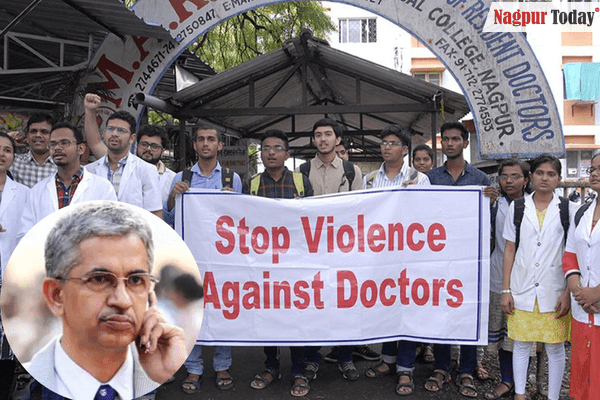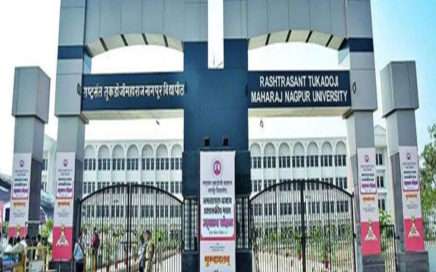
Reports of both physical and verbal violence against healthcare institutions are regularly reported from various states across India. In some cases, the violence escalates to the point where crowds may engage in arson and destroy valuable equipment. While exact figures are hard to come by, such incidents could number around a thousand annually. According to an expert, an ongoing study by the Indian Medical Association (IMA) revealed that over 75% of doctors have faced violence at their workplace.
One of the most gruesome incidents was the rape and murder of a resident doctor at the state-run R.G. Kar Hospital in Kolkata. A few years ago, at Sassoon Hospital in Pune, a local member of the corporation allegedly assaulted a resident doctor for not prioritizing a patient. Following the incident, the resident doctors threatened to strike unless the perpetrator was arrested and charged under the Prevention of Violence Against Doctors Act.
Similar incidents are regularly reported from both public hospitals and private clinics. In some cases, the violence has resulted in the death of doctors or massive property damage. During the COVID-19 pandemic, assaults on healthcare workers increased, and the Union Health Minister promised that a central act to prevent such violence would soon be enacted. However, this has not yet come to fruition.
Violence against doctors is not limited to India. In the U.S., Dr. Michael Davidson, a 44-year-old director of endovascular cardiac surgery at Brigham and Women’s Hospital, was killed by a gunman who blamed him for the death of his mother. In China, nearly a million attacks against healthcare institutions are reported yearly, many involving the lynching of doctors and nurses.
In India, 29 states, including Maharashtra, Andhra Pradesh, Kerala, Punjab, and Delhi, have enacted laws to prevent violence against healthcare workers. The Act defines violence as any activity causing harm, injury, or endangerment to healthcare workers or damage to property within a healthcare institution. It provides stringent punishments, including imprisonment, fines, and compensation for damage. However, the Act does not seem to have had the desired deterrent effect, as convictions remain rare.
According to Dr. Neeraj Nagpal of the Medico Legal Action Group, simply enacting a central law will not solve the issue. He argues that changes must also be made to the Indian Penal Code (IPC). In particular, the practice of registering cross FIRs by both the patient’s family and the doctor often leads to compromises.
Analysis of Violence in Public Hospitals
In public hospitals, resident doctors at the start of their careers often face the brunt of violence. A typical pattern emerges:
a) Violence occurs in emergencies.
b) Senior doctors are unavailable, leaving young and inexperienced resident doctors to manage the situation.
c) The resident doctors may not fully understand the gravity of the emergency, leading to delayed treatment.
d) Medical equipment may be outdated or malfunctioning.
In some incidents, resident doctors were reported to be under the influence of alcohol and allegedly misbehaved with relatives. In light of repeated violent incidents, I was tasked with developing a scheme for 25 medical colleges and hospitals run by the State Government of Maharashtra and Mumbai Corporation. Working with Medical Superintendents, we identified trouble spots, typically in emergency areas where the patient dies. As a preventive measure, we deployed the Maharashtra Security Force (MSF), equipped with training, communication equipment, CCTV cameras, and access control, to maintain order.
The situation improved significantly, and resident doctors reported feeling more secure, allowing them to focus better on patient care. This system continues to function effectively in medical colleges across Maharashtra.
Initiatives to Prevent Violence
1. Telemedicine for Prisoners:
Prisoners referred to hospitals often threaten healthcare workers, demanding extended hospital stays. In 2016-17, I implemented a telemedicine scheme that allowed prisoners to receive video consultations with specialists, reducing the need for physical hospital visits. This system worked effectively and reduced the threats faced by medical staff.
2. Digital/Virtual Post-mortems:
A significant cause of unrest in public hospitals is the relatives’ demand not to conduct post-mortems. Digital or virtual post-mortems, which are already implemented at AIIMS, New Delhi, and in many advanced countries, could alleviate this issue.
3. Addressing Issues in Private Hospitals:
In private hospitals, the problem often escalates when local politicians intervene on behalf of the patient’s relatives. These individuals accuse healthcare workers of negligence and profiteering. To counter these accusations, some doctors have demanded licenses to possess weapons. However, violence cannot be solved by arming healthcare workers alone. It requires a collective effort, including security upgrades, regular training, and coordination with law enforcement.
Conclusion
Preventing violence in healthcare institutions requires more than just legal enactments. It involves coordination among all stakeholders, preparation for emergencies, well-established SOPs, and regular rehearsals. The relationship between doctors and patients must also be improved through better communication and empathy. By addressing these areas, healthcare institutions can reduce the likelihood of violent incidents and ensure safer environments for both staff and patients.
…Author is IPS & Director General of Police (Retired), Maharashtra State.
















